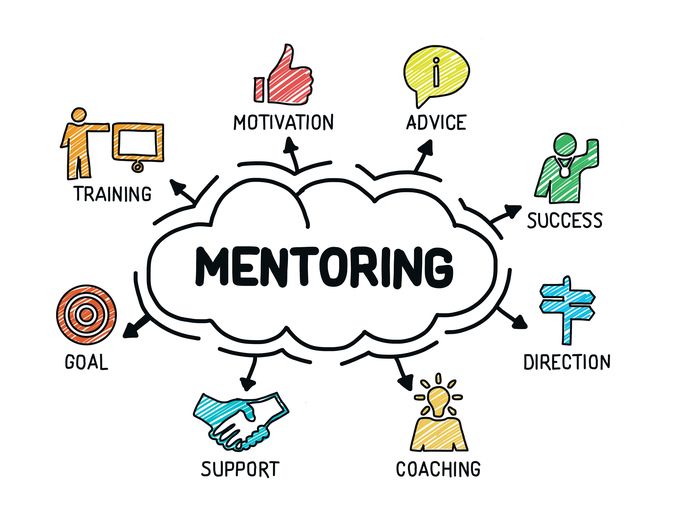When it comes to training and development, few tools are more effective than a strong mentorship program. Mentors allow senior and experienced employees to share their insights, skills, and industry- and company-specific knowledge with newer or more junior staff members.
The relationship, while typically focused on the development of the mentee, can also benefit the mentor in terms of having someone to assist with his or her workload and simply the positive feelings of purpose and self-worth that can come from being a mentor.
Many Forms of Mentorship
Mentorships can take many forms. For example, in terms of structure, mentorships can range from relatively informal to highly structured and well-planned arrangements. But there are many other dimensions of mentorship, as well, including the makeup of the participants, the goals of the mentorship program, etc.
A recent study based on a survey of thousands of individuals helps shed some light on the nuances of mentorship programs in the workplace. Olivet Nazarene University recently surveyed 3,000 people about professional mentor-mentee relationships to see what they look like in 2019.
What Mentorships Look Like Today
Some of the survey’s findings include:
- Seventy-six percent of people think mentors are important, but only 37% currently have one.
- Most people opt for same-sex mentors (69% women vs. 82% men).
- People with mentors are happier at their current jobs than those without.
- Only 14% of mentor relationships started by asking someone to be a mentor. Sixty-one percent of those relationships developed naturally.
Additionally, the study looked at which industries have the most mentors (science, government, and education were the top three); the experience/seniority level of mentees—unsurprisingly, mentorships are tilted toward junior-level employees; and the amount of time spent on mentor relationships on average.
Mentorship programs are often seen as the high-water mark of employee training tools. Mentors provide long-term, experienced, and dedicated training to help impart their knowledge and serve as an ongoing resource to junior-level or newer staff members.
Having a better idea of what these arrangements look like in the workplace as a whole can help businesses determine what works best for their organizations.
Are your mentoring efforts paying off in measurable ways? To make your mentorship programs more successful, join us for the session “Measuring Mentorship Program Success: How to Ensure That Your Program Aligns with Business and Leadership Development Goals” at Workforce L&D 2019 in Nashville, Tennessee, November 14–15. Click here to learn more or to register today.
